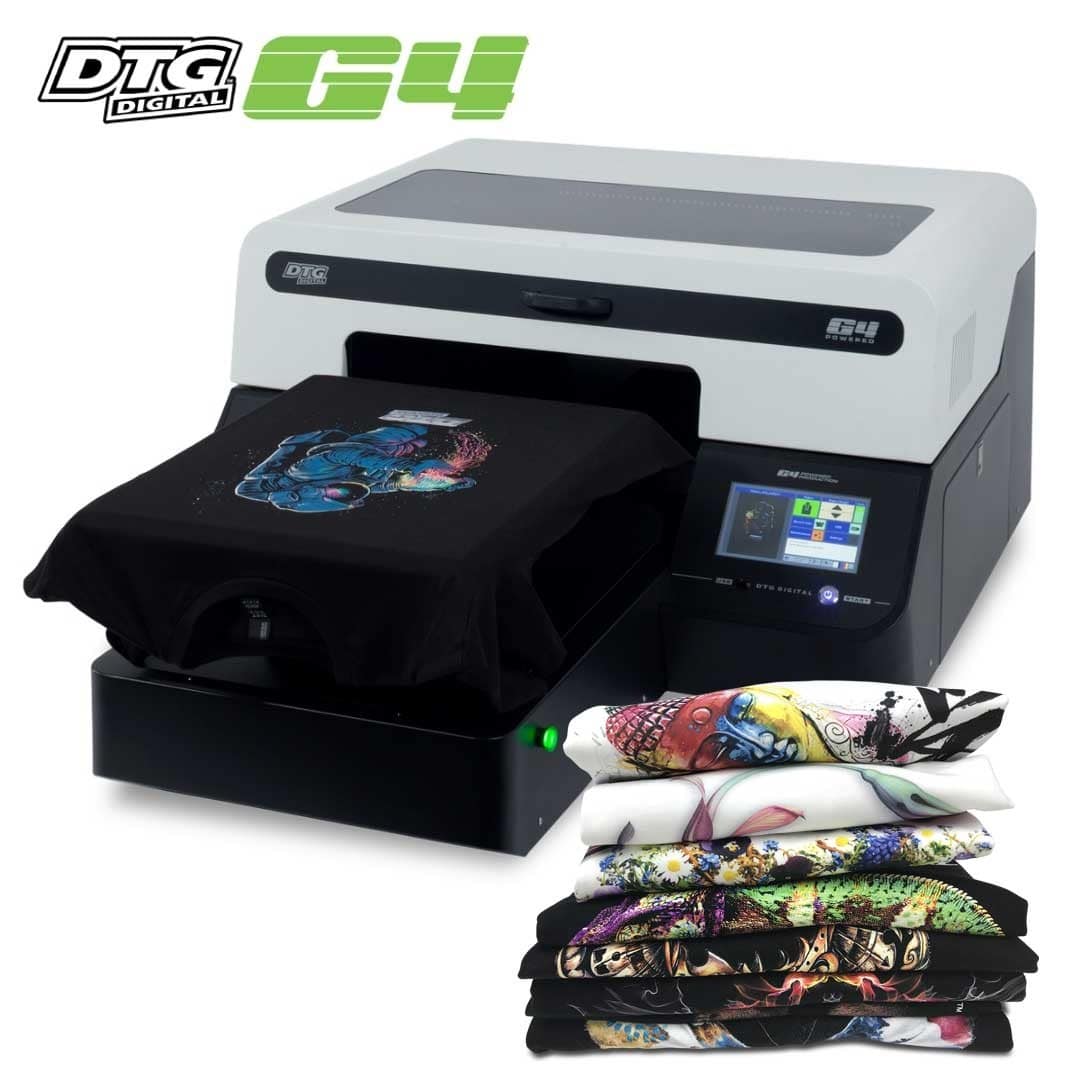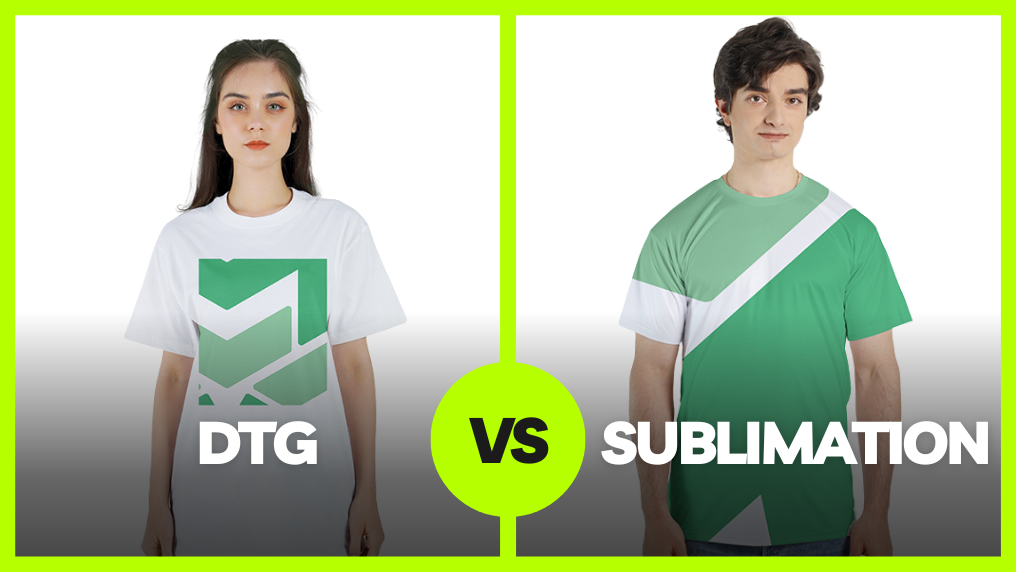The Reason Why DTF Printing is the Future of Customized Garments Production
The Reason Why DTF Printing is the Future of Customized Garments Production
Blog Article
Developments in DTF Printing: Exactly How It's Reinventing the Sector
The fabric printing market is undergoing a significant transformation, driven by the innovative improvements in Direct-to-Film (DTF) modern technology. With superior ink formulas, improved film and sticky modern technologies, and the combination of automation, DTF printing supplies dynamic, long lasting prints on a range of textiles, fulfilling the raising need for modification.
Developments in DTF Modern Technology
Advancing quickly, DTF (Direct-to-Film) printing technology has undertaken substantial improvements that are changing the fabric market. Among one of the most notable improvements is the enhancement in print quality. Modern DTF printers use advanced ink solutions that lead to vibrant, long lasting prints with high resolution and shade accuracy. These inks are particularly engineered for compatibility with various fabric kinds, guaranteeing regular high quality despite the product.

Additionally, innovations in movie and glue technologies have enhanced the overall application process. New movies supply far better flexibility and bond, enhancing the durability and washability of the printed styles - screen printing. This guarantees that the prints maintain their honesty and vibrancy also after multiple laundries
Finally, ecological factors to consider have actually motivated the growth of environment-friendly DTF solutions. Manufacturers are increasingly taking on sustainable techniques, such as using water-based inks and recyclable movies, lining up with international efforts to minimize the market's ecological footprint.
Advantages Over Traditional Approaches
When comparing DTF printing to traditional methods such as display printing and direct-to-garment (DTG) printing, several unique benefits arise. DTF printing. One of one of the most significant benefits is its convenience in fabric compatibility. Unlike display printing, which usually calls for particular material types, DTF printing can be put on a more comprehensive variety of products, including cotton, polyester, and blends, without endangering print high quality
One more noteworthy benefit is cost-effectiveness, especially for tiny to medium-sized orders. Standard screen printing becomes financially practical just at higher volumes as a result of the setup expenses involved. In comparison, DTF printing eliminates these setup costs, making it more cost effective for smaller sized sets and one-off styles.
Additionally, DTF printing succeeds in resilience and washability. In addition, DTF printing uses faster turn-around times.

Boosted Layout Capabilities
DTF printing offers enhanced layout abilities that establish it in addition to traditional printing methods. This technology permits for a more comprehensive range of vivid shades, elaborate information, and nuanced gradients, offering developers with unprecedented flexibility. The process entails printing a style onto a special film, which is then moved to fabric. This permits high-resolution prints that maintain quality and intensity, also on complicated patterns and little message.
Additionally, DTF printing sustains a large range of materials, including cotton, polyester, blends, and even non-textile substrates. This convenience opens doors for imaginative applications in diverse sectors such as style, home decor, and advertising items. Unlike display printing, which can be restricting as a result of color splitting up and stencil development, DTF printing simplifies the process, making multi-color and photo-realistic layouts extra obtainable.
Additionally, DTF printing succeeds in accomplishing regular color accuracy and vibrancy. In significance, DTF printing encourages developers to push the limits of imagination, delivering visually magnificent results that were previously unattainable.
Price and Time Effectiveness
One of the significant benefits of DTF printing hinges on its price and time effectiveness, making it a recommended selection for many businesses. By removing the requirement for screen setups and comprehensive pre-production procedures, find this DTF printing substantially decreases preliminary costs. Unlike typical techniques that call for significant investment in screens and configuration times, DTF printing enables direct application onto various materials with minimal prep work. This reduction in setup time equates into faster manufacturing cycles, making it possible for organizations to accomplish orders more swiftly.
In addition, DTF printing succeeds in generating short runs and custom orders cost-effectively. The ability to generate top notch prints without the demand for large quantity commitments minimizes waste and maximizes resource allotment. This flexibility is specifically useful for small services and start-ups that might not have the funding to invest in large manufacturing runs.
In terms of functional performance, DTF printing's streamlined process boosts total performance. Thus, DTF printing stands out as a transformative solution in the printing industry.
Future Trends in DTF Printing
Preparing for future fads in DTF printing exposes a landscape marked by fast technological advancements and enhanced market demand (screen printing). One substantial trend is the combination of fabricated knowledge (AI) and equipment knowing formulas to optimize print quality and enhance procedures. AI-driven systems can predict possible concerns and change settings in real-time, making sure consistently top notch result
In addition, improvements in green inks and lasting products are anticipated to acquire traction. As environmental problems end up being extra important, the market is likely to see a change in the direction of biodegradable and non-toxic inks, lowering its eco-friendly footprint.
Modification and personalization will also play a pivotal role. With the expanding consumer demand for unique, individualized products, DTF printing innovations are developing to offer more intricate and thorough customization options. This trend is supported by improved software services that allow for more complex and imaginative layouts.
Lastly, the integration of DTF printing with various other electronic platforms and ecommerce remedies will certainly come to be much more smooth. This connection will certainly enable businesses to provide on-demand printing services straight to customers, additionally driving development in the industry. These patterns jointly highlight a future where DTF printing not just meets however goes beyond the advancing demands of the marketplace.
Verdict

When comparing DTF printing to traditional methods such as screen printing and direct-to-garment (DTG) printing, a number of distinctive benefits emerge. Unlike display printing, which often needs particular material types, DTF printing can be used to a broader array of products, including cotton, polyester, and blends, without endangering print top quality.
DTF printing supplies improved design capabilities that set it apart from traditional printing methods. Thus, DTF printing stands out as a transformative solution in the printing market.
Developments in DTF printing considerably boost the fabric printing market by offering premium print efficiency, top quality, and versatility.
Report this page